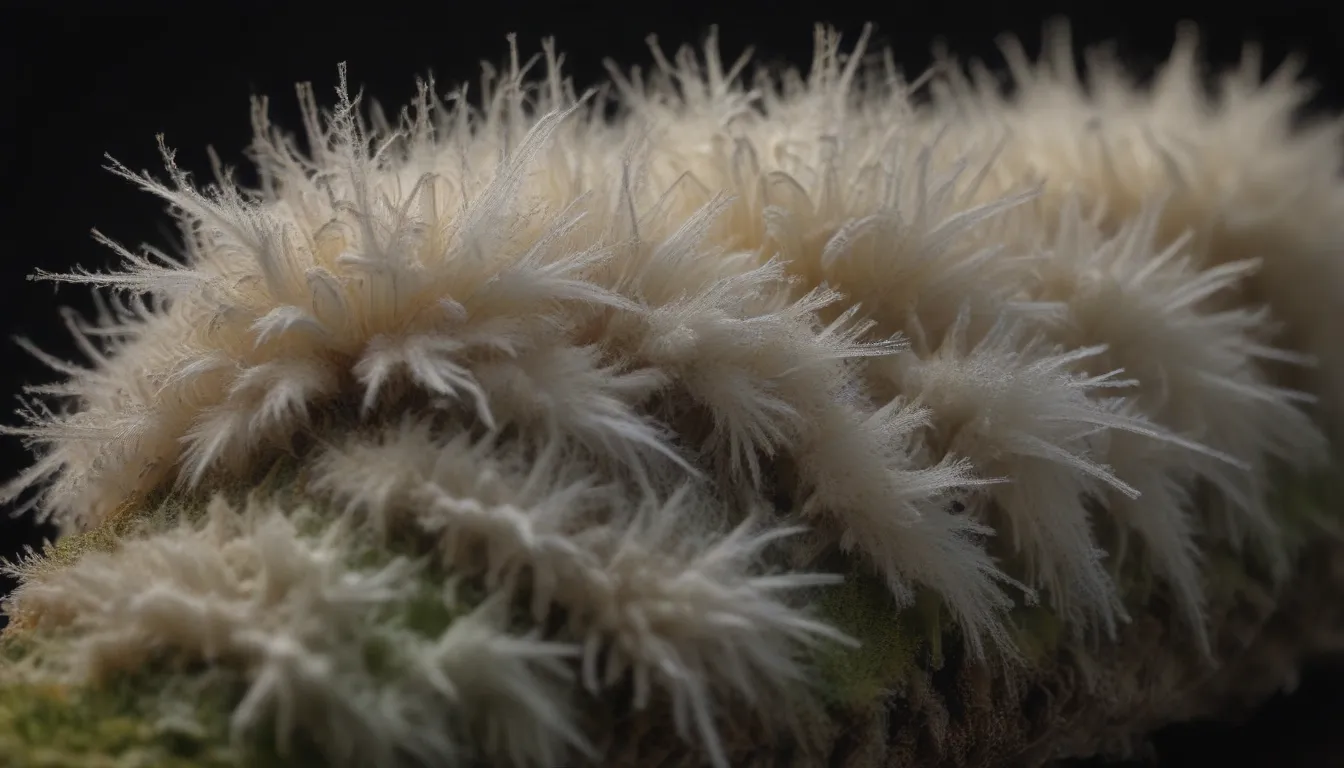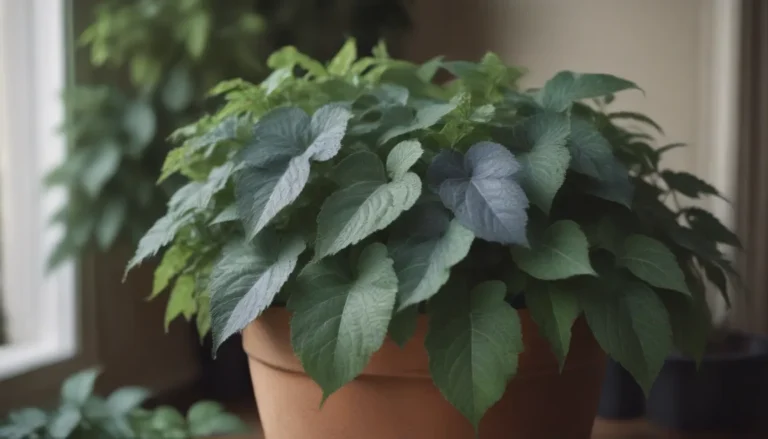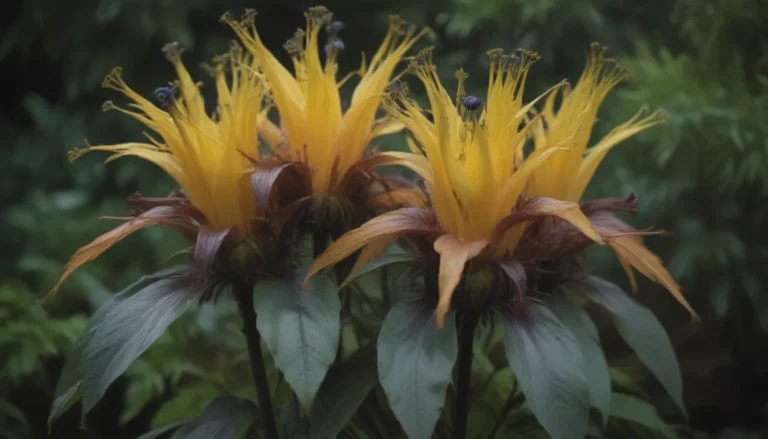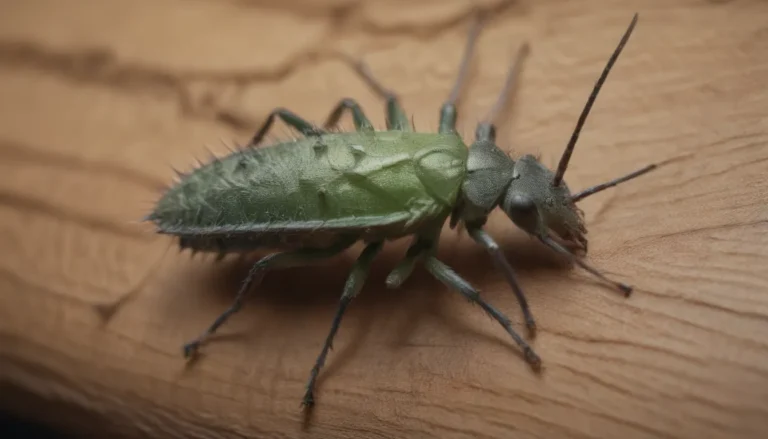Everything You Need to Know About Getting Rid of Mealybugs Naturally

Are you tired of dealing with those pesky mealybugs on your beloved houseplants or in your beautiful outdoor garden? No need to worry, we’ve got you covered with all the information you need to tackle this fluffy cotton ball menace once and for all. Mealybugs, while they may look harmless with their fuzzy appearance, can wreak havoc on your plants by feeding directly on them and introducing diseases into your garden. But fear not, organic gardeners have several natural ways to control these pests without resorting to harmful pesticides.
Identifying Mealybugs
Before we dive into the various methods to get rid of mealybugs naturally, let’s take a closer look at these tiny insects. Mealybugs are typically about 1/8 inch in length and are known for their white color and fuzzy appearance, thanks to the filaments covering their bodies. While most mealybug species are white, there is an exception with the hibiscus mealybug, which is pinkish-brown and lacks the characteristic fringe. These pests feed on garden plants by inserting their sharp mouthparts into the leaves and stems to suck sap, causing damage that can manifest as wrinkled or puckered leaves. Additionally, mealybugs can contaminate cut flowers with webby egg sacs and clusters of larvae. The honeydew they excrete not only damages plants but also attracts black sooty mold and encourages the spread of plant viruses.
5 Effective Ways to Get Rid of Mealybugs Naturally
Now that we have a better understanding of mealybugs and the damage they can cause, let’s explore some natural methods to control and eliminate these pests from your plants. Remember, it’s important to choose the method that works best for you and your garden.
1. Blast of Water
- Use a plain jet of water to disrupt the bugs’ feeding and spray plants with neem oil to discourage them from coming back.
- Neem oil is safe for bees, making it ideal for a pollinator-friendly landscape.
2. Rubbing Alcohol
- Wipe mealybugs directly with a cotton swab dipped in rubbing alcohol to kill them on contact.
- This method is suitable for small infestations and can be effective for managing the pests.
3. Integrated Pest Management (IPM)
- Employ natural predators of mealybugs, such as parasitic wasps, lacewings, and pirate bugs, to help eliminate or reduce their numbers.
- Attract these predators by planting nectar-rich flowers like yarrow, sweet alyssum, and bee balm in your garden.
4. Biological Control
- Use commercial options for biological mealybug control, such as the mealybug destroyer (Cryptolaemus montrouzieri), to feed on mealybugs at all stages of development.
- Take care not to mistake the larvae of mealybug destroyers for pests, as they are beneficial insects.
5. Organic Sprays
- Utilize insect soap sprays to disrupt mealybugs’ cell membranes and kill them directly.
- Apply these sprays weekly for as long as the pests are active to effectively manage their populations.
What Causes Mealybugs and How to Prevent Them
Mealybugs are drawn to a wide variety of indoor and outdoor plants for food, especially those that have experienced high nitrogen levels from over-fertilization. To prevent mealybugs from infesting your plants, consider the following tips:
- Isolate new houseplants for one week before introducing them to your existing plants.
- Inspect new plants daily during the isolation period for signs of mealybugs and eliminate any insects you find.
- Encourage thriving populations of mealybug predators to help control their numbers in your garden.
Mealybugs vs. Aphids: Spotting the Difference
While mealybugs and aphids share similarities in terms of the plants they attack and the damage they cause, there are distinct differences between these two pests. Here’s how you can differentiate between mealybugs and aphids:
- Aphids prefer the undersides of leaves and are active movers, while mealybugs can be found on any part of a plant and tend to stay put.
- Aphids come in various colors and have a waxy appearance, while mealybugs are white and have a fluffy appearance.
- Mealybugs can survive winter as nymphs and eggs, whereas aphids typically arrive in new infestations each spring.
Additional Resources
For more information on mealybugs and effective control methods, consider exploring the following resources:
- University of California Agricultural & Natural Resources
- University of Missouri Extension
- Neotropical Entomology
With these natural methods and preventative measures, you can effectively manage and eliminate mealybug infestations in your garden without the need for harmful chemicals. Happy gardening!





